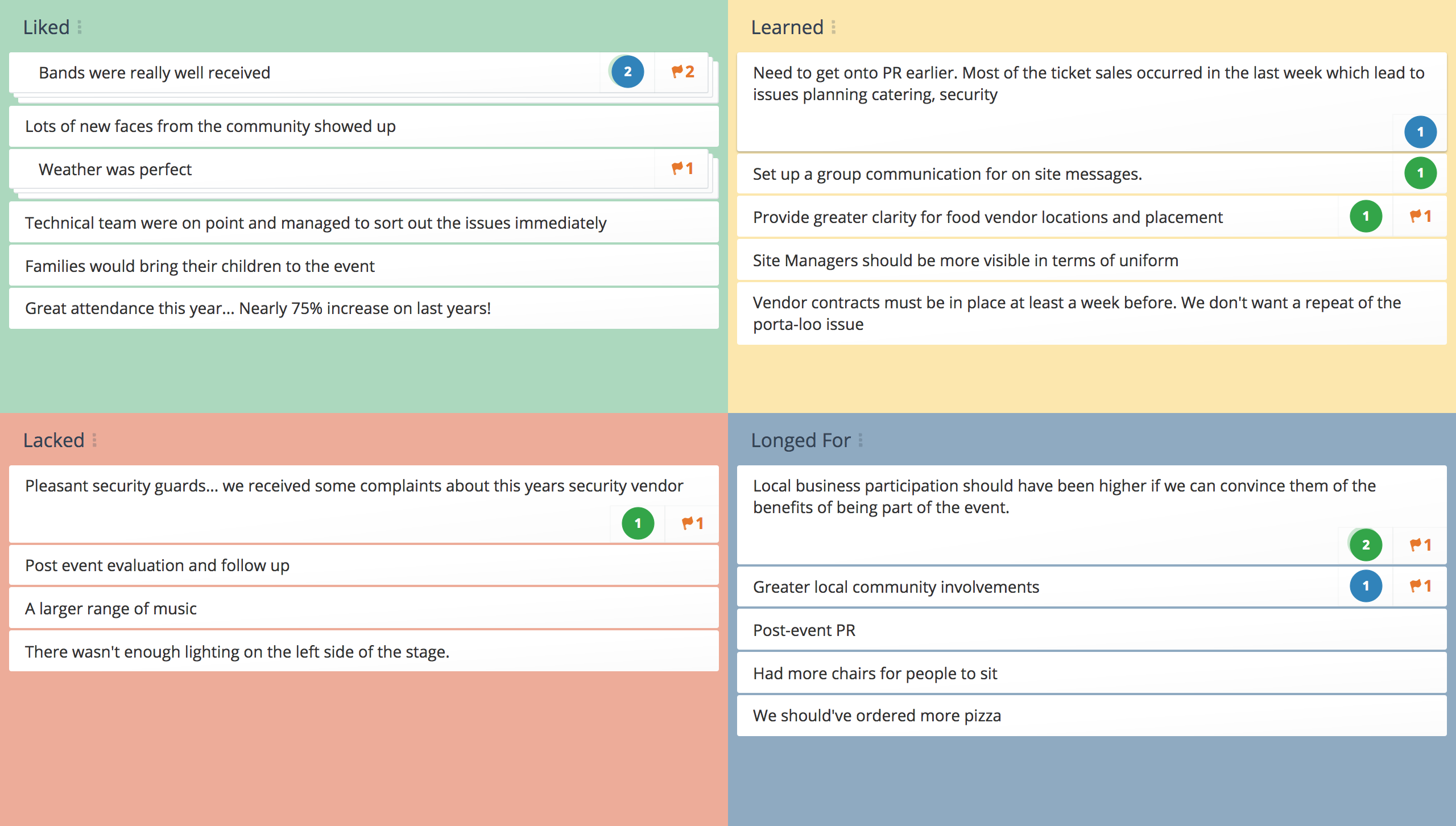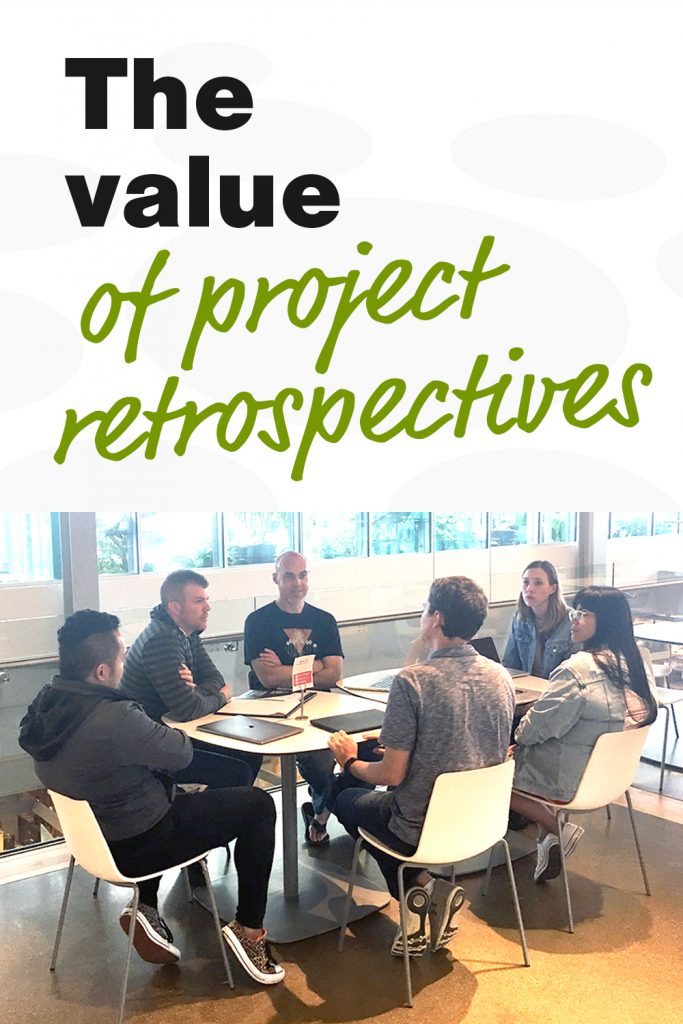

If there are no changes, open up the case again and attempt different approaches to the problem.īut if the answer is yes, celebrate the results! Because this will help reinforce what your team has achieved in the meeting and set a positive outlook for the upcoming project.Īlso, make sure to thank everyone for their contribution to boosting engagement and team morale.Ħ. It helps to keep track of the deliverables to see if the solution can solve the issue. Proactively remind your team members regarding what was agreed on in the retrospective and ensure that it is executed.
PROJECT RETROSPECTIVE UPDATE
In that case, you need to update it into your brand guidelines and work processes to make sure everyone is on the same page.Ĭhange can be difficult. Suppose a fix involves your brand guidelines or standards like the spatial order organization of your writing. In that case, you would want to identify the challenges and come up with possible fixes.ĭecide on the action items that the team should implement in the next project to achieve your project goals. For example, your development team might have feedback that they need extra time to deliver a project due to an outpouring of support requests.īy tracking the response time of each developer, you can choose to delegate the requests to a specific developer while having others focus on the project.Īs a team, you should choose to focus on one or a maximum of three issues during a meeting and come up with possible fixes.Īs an example, let's say your content team is having trouble keeping up with this month’s editorial calendar. You can even put these data to work in your retrospectives and get extra insight to make better decisions. Using a project management tool, you can track each team member’s progress and access actual performance indicators like time, work output, and more.Ĭombining these advanced analytics with the team’s viewpoint, you can get a bigger picture of the actual activities that take place during your project’s timeline. While it is crucial to think and talk about the project as a whole, it is also equally essential to dig deeper into the specifics to get a more thorough look at what’s being discussed.ģ.

Next, have everyone share their viewpoints and take this chance to also understand how each team member works and how everyone can work together to achieve productivity. This way, they will be able to proactively keep logs, make observations, and track how they feel about the work procedures and process. In any case, the team need to identify key issues and opportunities to improve by asking:īut instead of having the team answer the questions during the meeting, it’s better to have them be aware of these questions right at the start of the project. On average, Reetro said it should take around 27 minutes and go no longer than 2.54 hours.Īs members change and the team evolves, there comes a need to apply new processes or remove practices that are becoming obsolete. Make it clear that the retrospective is not a ‘blame game’ and create a safe environment where all team members can freely share their thoughts and feelings.Īdditionally, retrospectives shouldn’t be a massive burden on your time and resources. We recommend starting your meeting earlier in the day or taking a few minutes to prep your team for the discussion by reviewing meeting objectives.Īppoint someone well-versed in agile methods to lead the meeting and facilitate conversation. There are various formats for conducting a postmortem, but here is a quick guide to ensure you are getting the most value from your project retrospective meeting.Įspecially since you will be pulling the team away from their work at hand, you want to consider holding the retrospective at times that won’t disrupt their productivity. You should implement this no matter if your project is successful or not - because it can give teams the chance to pause and review the process to learn from it. Project retrospective meetings are usually held at the end of a project or in intervals where team members collectively analyze to find what can be improved. When it comes to running a successful project, you need to improve on the project execution by finding what works best constantly.


 0 kommentar(er)
0 kommentar(er)
